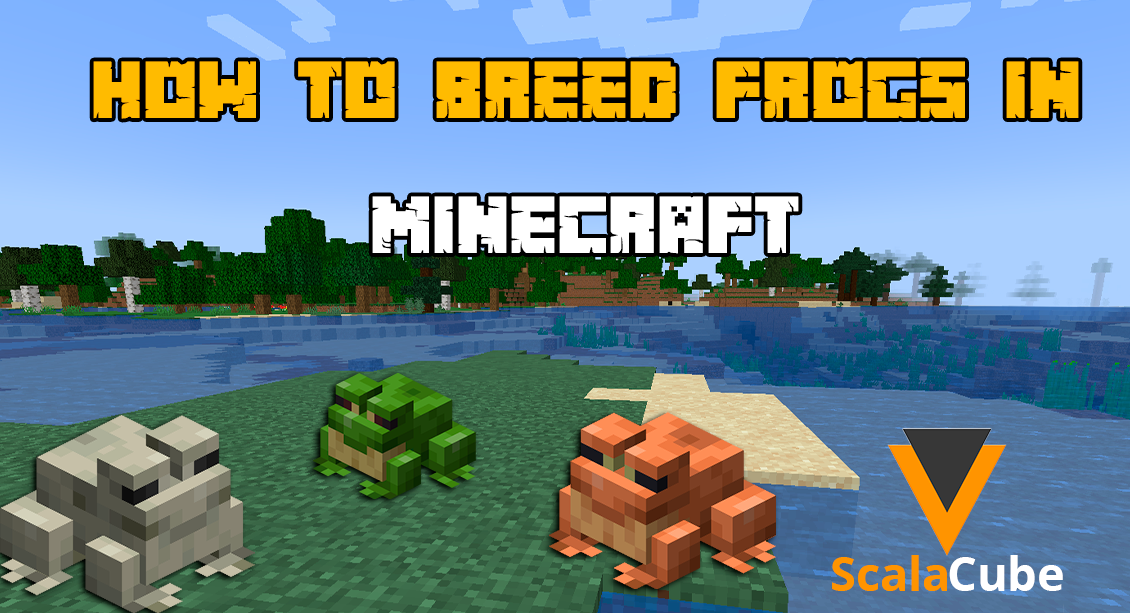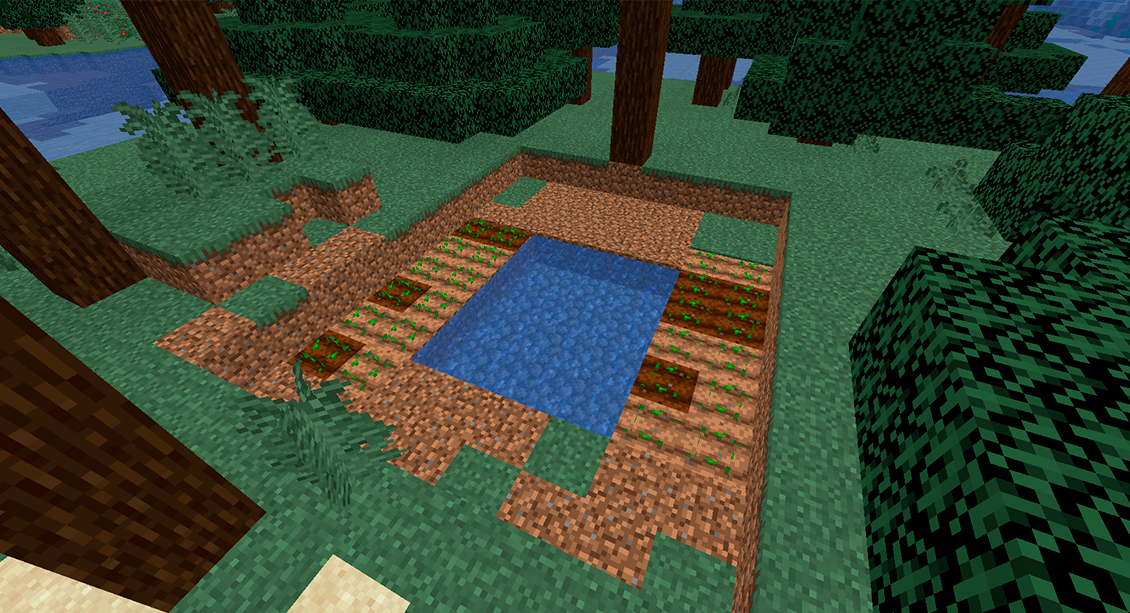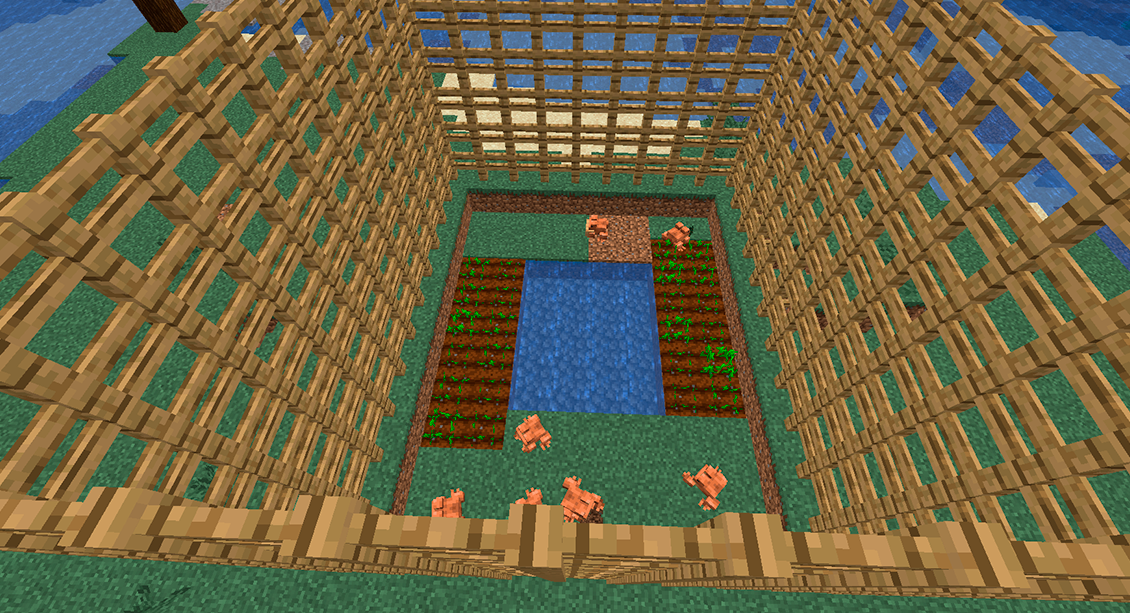How To Breed Frogs in Minecraft
Make Your Own Minecraft Server For Free
Your own Minecraft server is only 5 minutes away! We support simple one click install for over 1000 unique modpacks.
Free Minecraft Server Hosting

The process of breeding frogs in Minecraft requires a bit of know-how as well as some patience. By following this guide closely and having plenty of enthusiasm along the way, you will soon be able to witness first-hand one of nature's most fascinating processes: frog breeding!
So, keep reading and get ready for some ribbiting fun with your very own froggy friends!
Gathering Materials for Frog Breeding
First, get the best cheap Minecraft server hosting. Then, you'll need are water source blocks such as ponds or rivers, both of which can be found naturally occurring around your world.Creating a DIY pond with water-filled buckets is a doable plan. Just pick a space and arrange. Ensure there are two blocks of space between water buckets. This way, frogs can hop freely, especially during mating times.
You'll need local food for a healthy growing population of frogs. Melons and apples are smart picks. They're nutritious and don't need any extra work from you.
Instead, if you'd prefer a more direct approach, think about creating a small garden for farming. Plant some wheat seeds. Once grown, these crops could feed numerous frog families for quite some time!

Understanding The Different Frogs in Minecraft
Every kind presents distinct features to inform your breeding choices. Like the brown frog, a laid-back dweller of swamp landscapes, it loves gallivanting on solid ground over paddling in water.Now, the Green Frog is a bold critter. It loves swimming and hunting. It typically goes after smaller animals and fish for food.
Choosing The Right Frogs For Breeding
Various frog types live in specific areas, and some need extra care to reproduce. Players need to know about their game's place and get info on the frog types available, before settling on the perfect pair.Woodlands, such as forests or jungles, are where brown mushrooms naturally appear. Although they're small, grey-brown with red spots, they may seem pretty, but they're not suitable for breeding. Better options are green mushrooms or lily pad creatures, who lay eggs when paired with another of their kind.
Frogs are bred in desert biomes by gamers who find cacti mobs with eyes on top. Once these mobs spot each other—this requires close proximity—they begin hopping. If all works out, eggs are produced! Take note, only specific block types, such as sand or dirt, let these mobs move and lay eggs reliably.
Feeding the Frogs

Minecraft has many edible plants that are simple to find. These grow naturally all over the game world. If you're looking for more variety, you can create these items too.
Frogs often dine on insects, which are plentiful on land and in the air. If bugs are scarce for your frogs, consider setting up a trap box. It's a handy device made of wooden boards and string, tempting nearby insects when set on grass.
Caring for the Baby Frogs
Caring for tadpoles means making a happy home for them. This helps them grow and stay strong. They need a place where they can find plenty of food and play without feeling scared. How do we do that? Start with creating their little pond or tank. Add loads of plants, some rocks, and hiding spots too!Make sure the water stays between 20–22 °C (68–72 °F). A filter system is key for clean, safe water. Even consider floating plants for constant shade.
Feeding your baby frogs? Crickets, fruit flies, bloodworms, or gnats are great choices. They're nutritious and easy for the frogs to digest. Try feeding them two or three times a day. This helps them get comfortable in their new home. Plus, you can see how they act when they eat from your hand. If you can, add clear walls on one side. It'll make watching your froglets even easier!

Frequently Asked Questions
Can I Breed Frogs in Other Versions of Minecraft?
First, figure out which Minecraft version you're playing. Breeding rules for animals, frogs included, might differ between the Java Edition and the Windows 10 Edition.
Luckily, there's no set cap on how many baby frogs can be bred in Minecraft. Some players have had hundreds of tiny tadpoles in their ponds without any problems, suggesting possible further breeding if desired!
Creating your own small frog farm is doable assuming you have adequate resources and ample space. Game mechanics shouldn't cause any issue.
Is there a way to make the breeding process faster?
Good news, there are methods to speed up frog breeding - some work better than others. First off, players need to stock up on lily pads. These are where new frog buddies will be born. After that, they can place carrots or mushrooms on these lily pads. This attracts frogs close by, making it more likely for them to mate.
Cobblestone, while a bit harder to manage, gives you safety and space compared to dirt. However, it can demand more work when maintaining because it's tough to break.
Stone bricks let players shape their pond design more freely without cramping their frog buddies. Still, construction time might extend based on the intricacy of your chosen design.
Finally, mossy cobblestone is a nice choice. It's pretty and safe. Plus, it fits any size. It's perfect for Minecraft players who want a perfect frog house.
Final Thoughts
So, what are you waiting for? Learn how to make a server in Minecraft java, get out there and start building your very own Minecraft frog farm today!Make Your Own Minecraft Server For Free
Your own Minecraft server is only 5 minutes away! We support simple one click install for over 1000 unique modpacks.
Start Your Server For Free!
Copyright 2019-2025 © ScalaCube - All Rights Reserved.